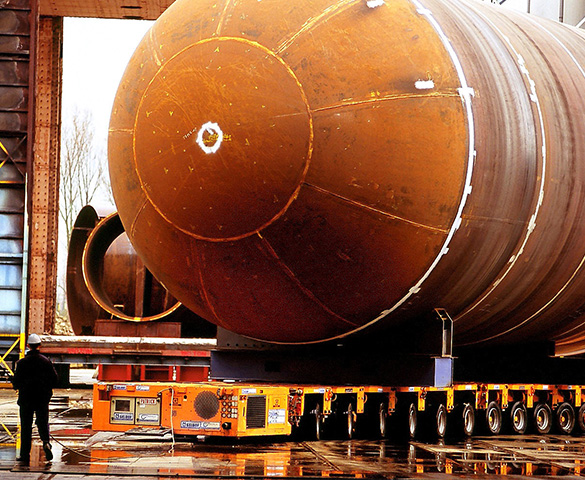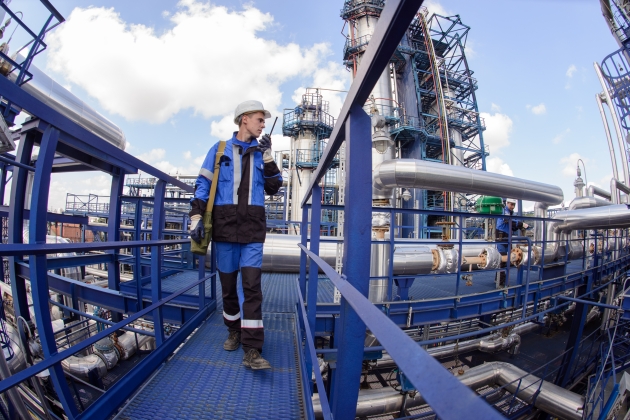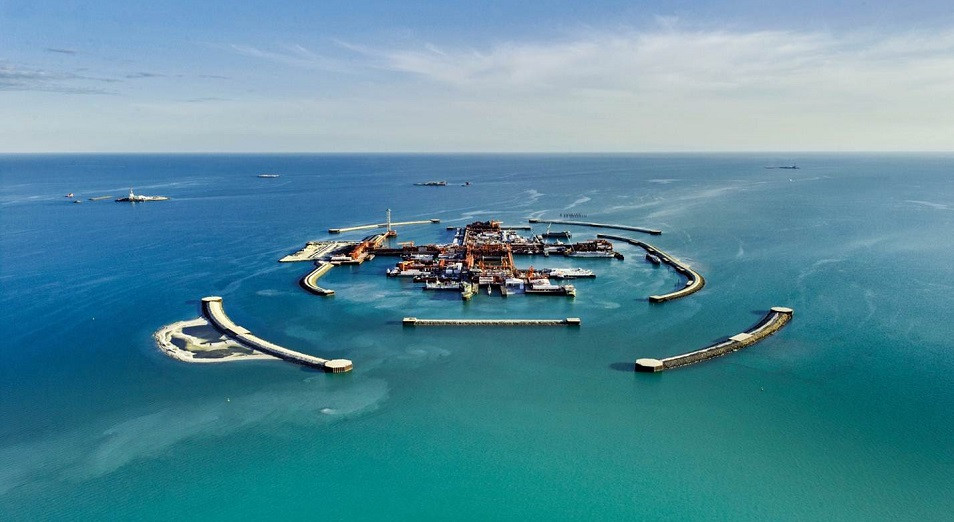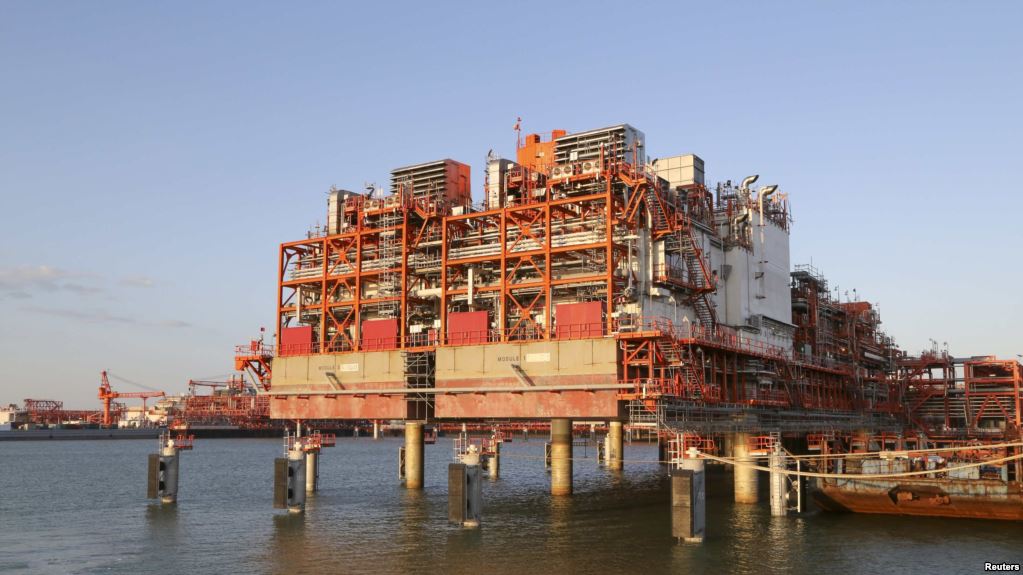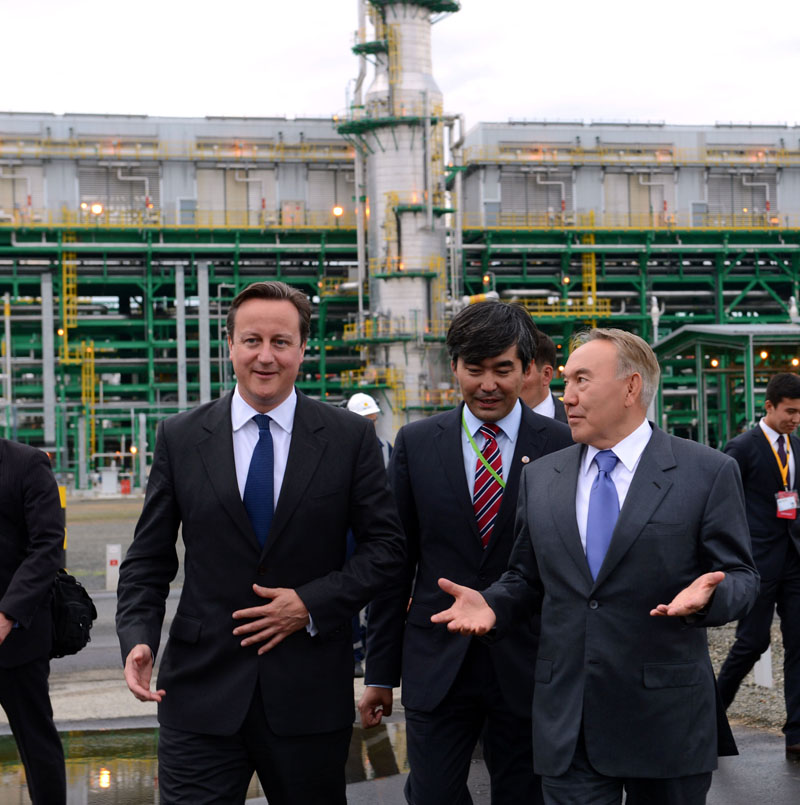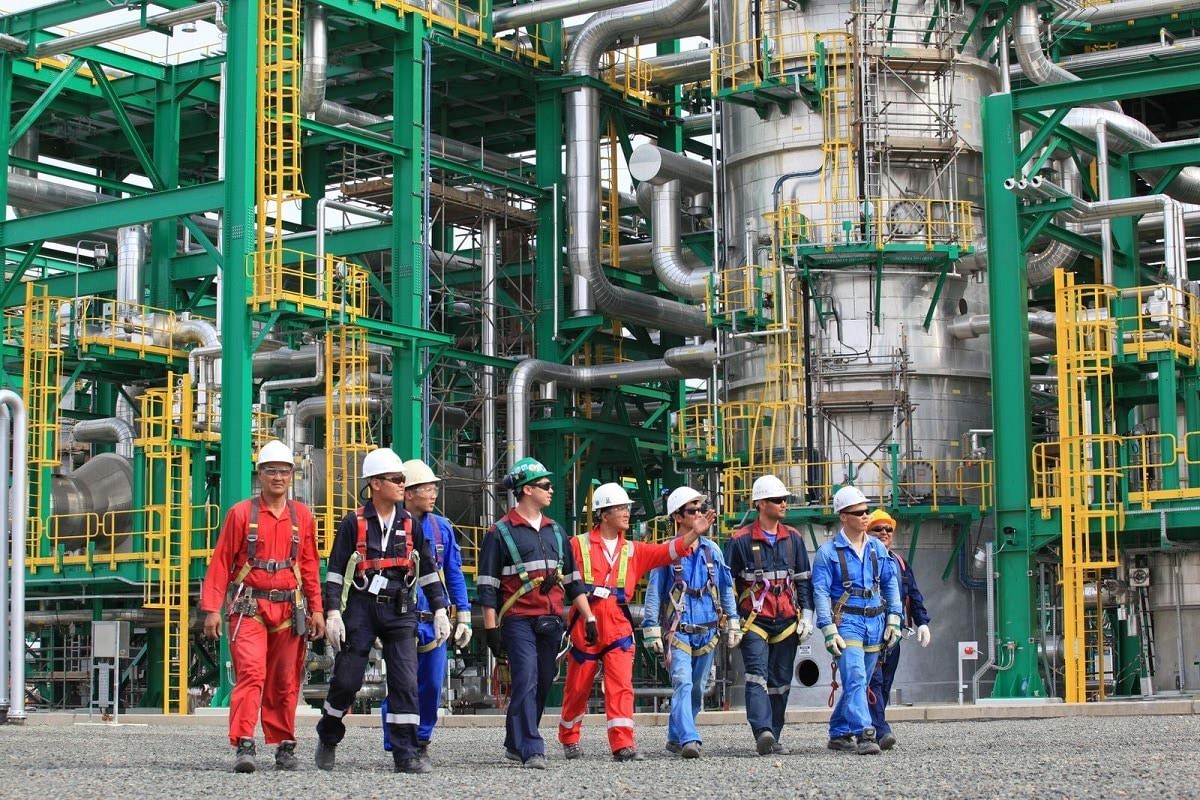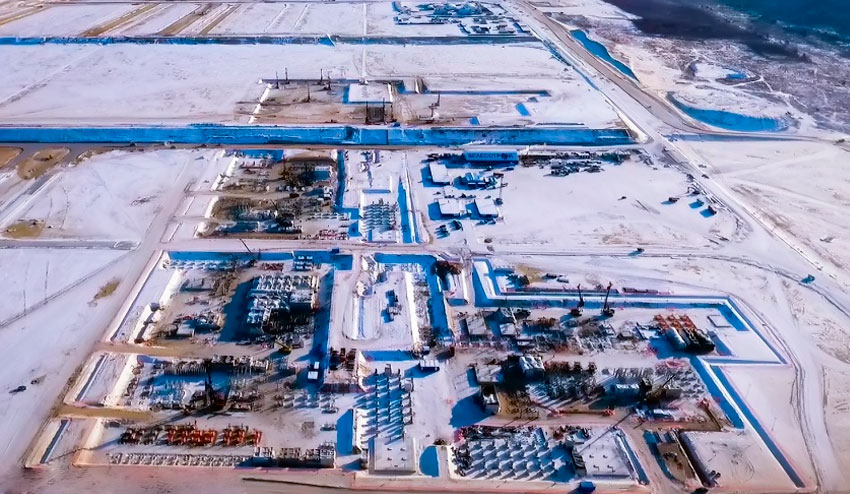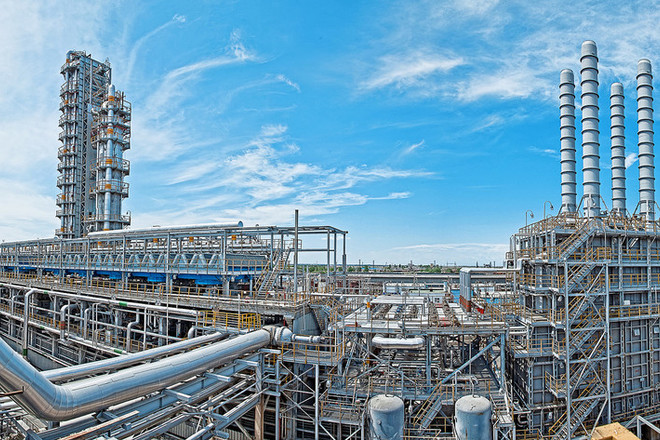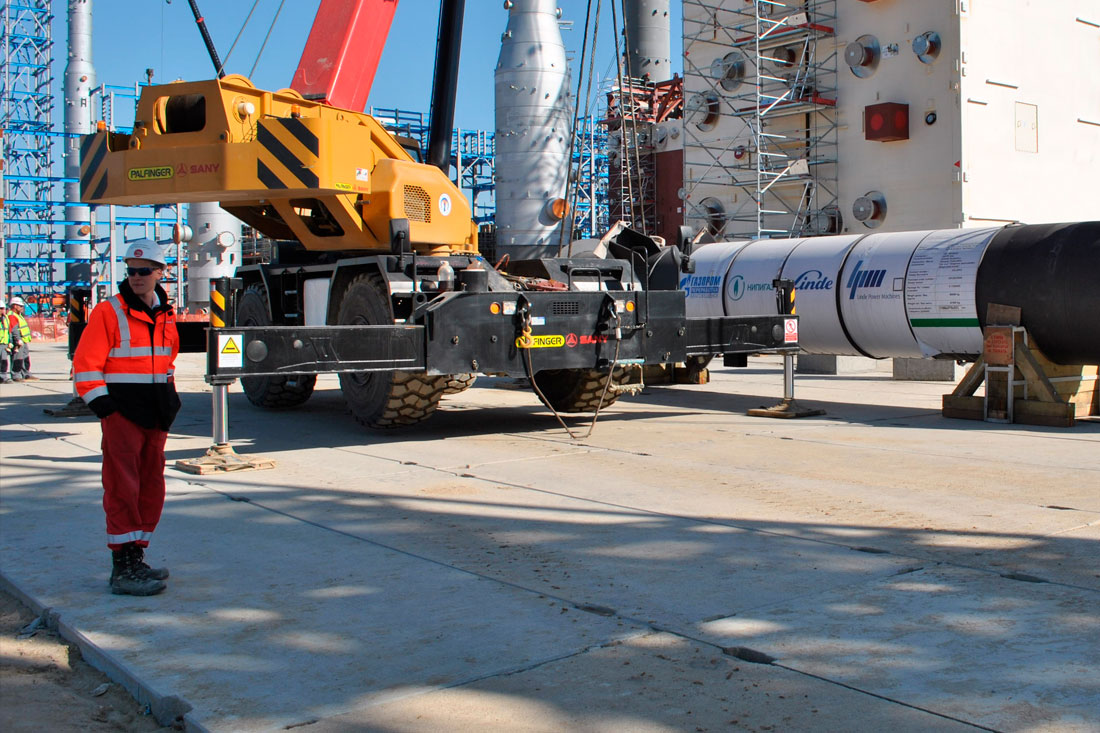Deep beneath the western Kazakhstan steppe is a giant reservoir known as the Tengiz Field, where the oil column measures an incredible 1 mile (1.6 km) across. With a surface area more than four times that of Paris, France, Tengiz ranks as the world’s deepest producing supergiant oil field and the largest single-trap producing reservoir in existence. Nearby is another world-class reservoir called the Korolev Field. Chevron holds a 50 percent interest in Tengizchevroil (TCO), which operates the two fields.
Today, the fields’ yearly output could satisfy the annual oil demand of entire nations. Net daily production in 2017 (Chevron share) averaged 272,000 barrels of crude oil, 401 million cubic feet of natural gas and 21,000 barrels of natural gas liquids.
The FGP will use state-of-the-art sour gas injection technology, successfully developed and proven during TCO’s previous expansion in 2008, to increase daily crude oil production from Tengiz by approximately 260,000 barrels per day.
In parallel, the WPMP maximizes the value of existing TCO facilities by extending the production plateau and keeping existing plants producing at full capacity. First oil is planned for 2022.












